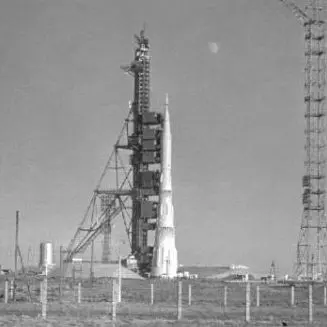N-1

Description
The N1/L3 was a super heavy-lift launch vehicle intended to deliver payloads beyond low Earth orbit. The N1 was the Soviet counterpart to the US Saturn V and was intended to enable crewed travel to Earth's Moon and beyond, with studies beginning as early as 1959. All of the four flown N1 Block A first stages failed because of a lack of static test firings that did not reveal plumbing issues and other adverse characteristics with the large cluster of thirty engines and its complex fuel and oxidizer feeder system.
Missions
4
Success Rate
0.0%
Successes
0
Failures
4
Success Streak
0
Partial Failures
0
Previous

7K-LOK n°2 & LK n°4

7K-LOK n°1 & LK n°3
Configurations

N-1 L3 M
Rocket
Height: 105.29m
Payload to Orbit
LEO: 95,000 kg
GTO: 20,000 kg
Liftoff Thrust
45,307 Kilonewtons
Fairing
Diameter: 5.92m
Height: 43.72m
Stages
5

N-1 L3
Active 1969 to 1972
Rocket
Height: 105.29m
Payload to Orbit
LEO: 95,000 kg
GTO: 20,000 kg
Liftoff Thrust
45,307 Kilonewtons
Fairing
Diameter: 5.92m
Height: 43.72m
Stages
5